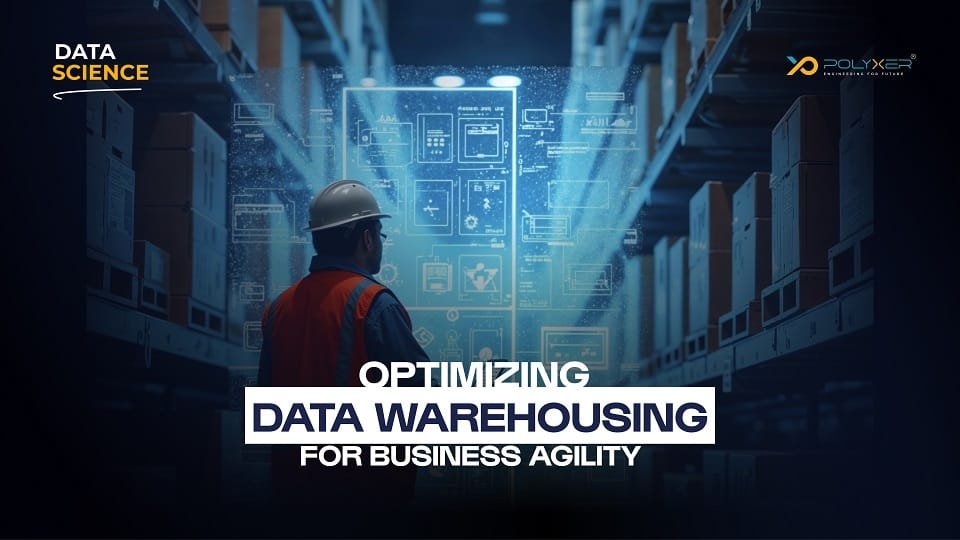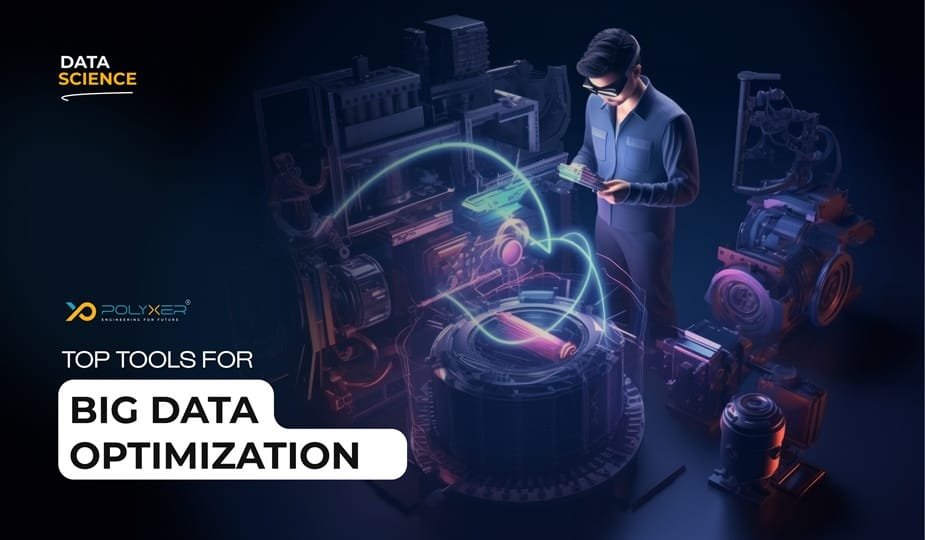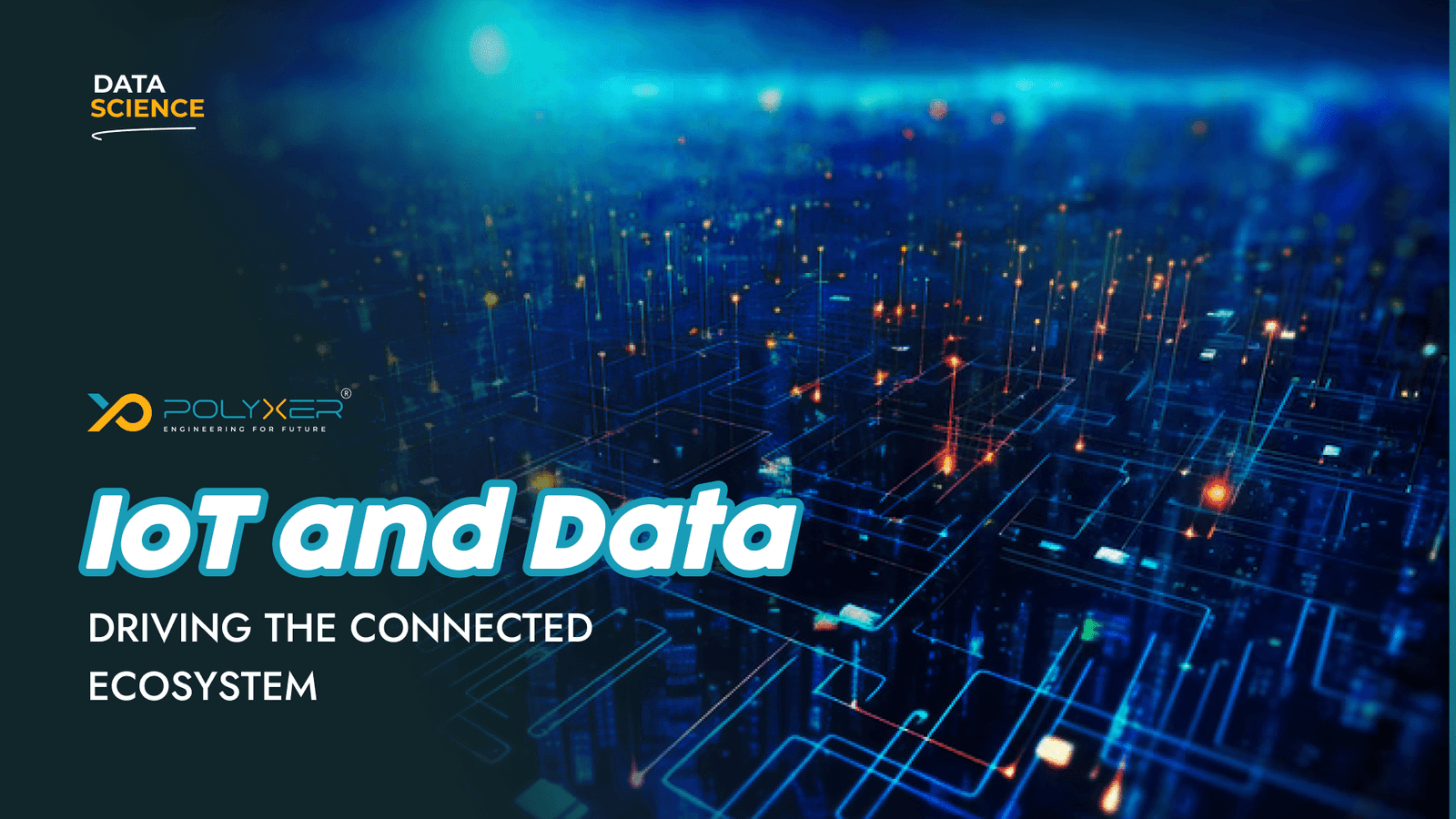
Implementing Big Data Solutions at Scale

Exploring Multivariate Data with Heatmaps
The future workforce is being shaped by the convergence of automation and data analytics, fundamentally it is changing how businesses are operated in different fields. As organizations are gradually moving to automation and relying on technology to rapidly automate tasks and utilize insight.
Some statistics regarding workforce adaptation and skills says:
⦁ Skill Development: The World Economic Forum has warned that 39% of the currently considered important skills will be old due to the impact of AI on jobs by 2030.
⦁ Employer's initiative: According to Fortunly, in 2025, 77% of employers plan to train their employees to work with AI, which emphasizes the importance of revival in the developed job market.
We will proceed to explore the intensive impact of automation and data on the workforce, which highlights opportunities and challenges offering a roadmap for organizations to navigate the rapidly developed landscape.
Understanding Automation
What is Automation?
Automation refers to the use of technology to perform tasks that usually require human intervention. By automating repetitive and mundane functions, organizations can streamline operations, reduce costs and eliminate human error.
Types of Automation
⦁ Robotic Process Automation (RPA): RPA is composed of using software bots to automate regular and rules-based tasks across various applications. For example, RPA may be employed to handle data entry, procedure challan or manage customer service inquiry.
⦁ Intelligent Automation: Blending RPA with Artificial Intelligence (AI) and machine learning allows intelligent automation organizations to automate more complex tasks that require decision making and cognitive abilities. This includes processes such as analyzing data patterns and generating insight.
⦁ Physical Automation: In manufacturing and logistics, physical automation involves the use of robots and machinery to automate physical functions, such as assembling or handling inventory.

Types of Automation
The Role of Data in Automation
Data as a Catalyst
The data is at the core of the effective automation initiative. The collection, analysis and interpretation of data drive decision making processes enables organizations to automate tasks smartly.
How Data Enhances Automation
⦁ Performance Monitoring: Organizations can leverage data to monitor the performance of automated systems, identify bottlenecks or disabilities and make the necessary adjustments to improve processes.
⦁ Predictive Analytics: Data analytics can help predict trends or potential issues, allowing the automation system to continuously respond. For example, predictive maintenance may reduce downtime in manufacturing processes.
⦁ Continuous Improvement: By analyzing data generated from automated functions, organizations can continuously refine and adapt their automation strategies, which can lead to greater efficiency and effectiveness over time.

How Data Enhances Automation
Transforming the Workforce
The Intersection of Automation and Workforce Dynamics
The purpose of automation is not to change human workers; Rather, it complements and enhances their abilities. By automating repeating tasks, employees can focus on high-value activities that require significant thinking, creativity and mutual skills.
⦁ Increased Productivity: Automation allows employees to streamline their tasks, leading to high productivity levels. With trivial functions automated, employees can allocate more time for strategic initiatives and innovative projects.
⦁ Reskilling and Upskilling: As automation develops, there will always be an increase in demand for specific skills. Organizations should invest in rebuilding their workforce and enhancing their workforce to equip employees with the capabilities required to flourish in an automated environment.
⦁ Emphasis on Collaboration: Automation promotes cooperation between teams as employees use technology-operated insights to make informed decisions and work together on complex challenges. The focus shifts into problem solving with individual functions.

Transforming the Workforce
The Benefits of a Data-Driven Workforce
A workforce that embraces data-powered decisions can unlock significant benefits, including:
⦁ Enhanced Decision-Making: Access to real -time data and analytics enables workers to make informed decisions, adapting strategies based on current insights rather than relying on gut feelings.
⦁ Improved Risk Management: Data-powered insight helps organizations to identify constant risk and mitigation strategies, allowing agile reactions to change market conditions and reduce weaknesses.
⦁ Personalized Customer Experiences: Employees with data in combination with automation can offer overall customer experience and loyal products, services and communication strategies.

The Benefits of a Data-Driven Workforce
Case Studies of Automation and Data in Action
Case Study 1: Amazon
Background: Amazon is a prime example of a company that has effectively integrated automation and data to shape its workforce and operation.
Implementation Strategies
⦁ Warehousing and Fulfillment Centers: Amazon appoints a combination of robotics and sophisticated algorithms to streamline its warehousing processes. Robots transport goods, automate sorting, and assist in inventory management, resulting in rapid processing time and accuracy.
⦁ Data-Driven Insights: The comprehensive use of Amazon's data analytics allows it to monitor customer behavior, inventory levels and demand for products. This enables the company to optimize its supply chain and make real-time decisions about stock repayment and order fulfillment.
Results
⦁ Increased Efficiency: Integration of automation in Amazon fulfillment centers has made significant cuts in processing time, enabling rapid delivery and high customer satisfaction.
⦁ Enhanced Workforce: Amazon continuously retrieves its workforce to develop skills to your workforce that complements automated systems. Employees are empowered to focus on value-added activities, such as customer engagement or problem-solving.
Case Study 2: Siemens
Background: Siemens, a global engineering and technology company, has adopted automation and data analytics to increase its manufacturing processes and workforce.
Implementation Strategies
⦁ Digital Twin Technology: Siemens uses digital twin techniques to create virtual replicas of physical production processes. This allows for real -time monitoring and analysis, enables adaptation and future maintenance.
⦁ Data Analytics: By integrating the IOT sensor in manufacturing devices, Siemens collects data that reveals insight into tool performance, production efficiency and potential risks.
Results
⦁ Optimized Production: With data-driven insights, Siemens has improved operational efficiency, leading to increased production capacity and reduced downtime.
⦁ Skilled Workforce: Siemens invests in training programs that equip employees with skills to work alongside automated technologies, allowing them to leverage data to optimize production lines actively.
Challenges and Considerations
1. Job Displacement Concerns
One of the primary concerns of automation is likely to displace the job. As the tasks become automated, some roles can be redundant, which can cause workforce trimming. Organizations should take active measures to reduce these effects:
⦁ Reskilling and Upskilling: Offering training programs to employees helps them transition in new, value -added roles within the company.
⦁ Workforce Planning: Organizations should conduct workforce analysis to identify skill intervals and frequently design career development routes for affected employees.
2. Data Privacy and Security
Increased dependence on data analytics increases concerns about data privacy and safety. Organizations should prioritize strong cyber security measures:
⦁ Data Governance Frameworks: Establishment of clear data governance framework ensures obeying privacy rules and protects sensitive information.
⦁ Transparency: By being transparent about data collection and use practices, organizations can build confidence with employees and customers.
3. Organizational Culture Shift
The integration of automation and data analytics requires a cultural change within organizations. Employees should be encouraged to embrace technology instead of opposing it:
⦁ Change Management: Organizations should implement comprehensive change management strategies that communicate automation benefits and involve employees in the transition process.
⦁ Collaboration and Innovation: Encouraging the culture of cooperation allows employees to work with automated systems, promoting innovation and adaptability.

Challenges and Considerations
The Future of Work in an Automated Environment
As automation and data are developing, the workforce landscape will be re -shaped in many ways:
1. Emphasis on Emotional Intelligence
As the automation handles regular functions, human workers will rely on emotional intelligence and interpersonal skills. Workers who can navigate complex human interactions, display empathy, and build invaluable relationships.
2. Hybrid Workforce Models
The future may witness the emergence of the hybrid workforce connecting human intelligence and automated systems. Organizations will leverage the strength of both to maximize efficiency and effectiveness.
3. Continuous Learning and Development
Organizations will need employees to promote the culture of continuous learning and development to remain relevant in the workforce. The ongoing training programs will help equip workers with the latest skills and knowledge in an automated scenario.
4. Data-Driven Leadership
Effective leadership in future will require data literacy. Leaders should be able to guide their teams in explaining data insight, making data-driven decisions and taking advantage of data for success.

The Future of Work in an Automated Environment
The Ending Note
The cooperation between automation and data is shaping the future workforce, unlocking unprecedented opportunities for efficiency, innovation and cooperation. Organizations that embrace this change are well deployed to increase productivity, improve decision making and promote continuous learning culture.
As we move forward in this new scenario, job displacement, data privacy and cultural changes will be important. By investing in Reskilling initiatives, establishing strong data governance framework, and embracing the culture of collaboration, organizations can thrive in an automatic world.
Eventually, automation and data do not replace human based tasks; Instead, they elevate it, enable employees to focus on high-value activities and promote a more agile, adaptable and innovative workplace. As we continue to detect automation and intersection of data, the ability of a more productive and fuller workforce is limited only by the desire to embrace our imagination and change.
This Article is Also here.






